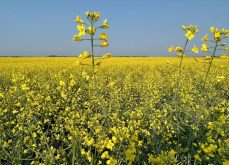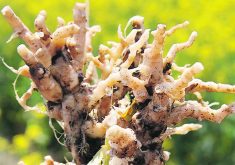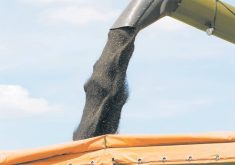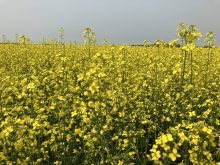There’s little doubt that canola is a powerhouse crop.
Nationwide, it covered nearly 22.1 million acres last year, more than 99 per cent of it on the Prairies. The Canola Council of Canada puts its economic contribution at nearly $30 billion a year.
A University of Alberta researcher, backed by the Natural Sciences and Engineering Research Council of Canada (NSERC) and Bayer Crop Science, is betting it can be even better.
Read Also
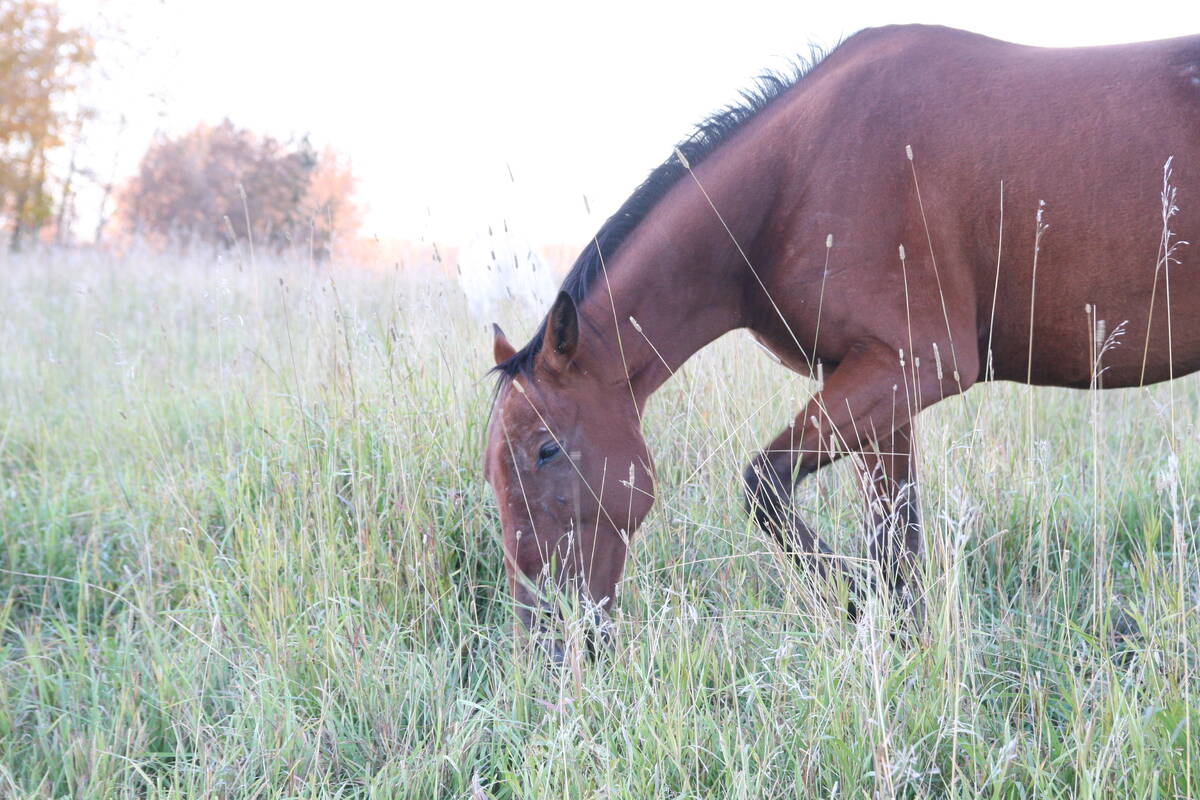
Beware giving horses too much iron
Horses consuming too much iron through diet or well water risk health problems like laminitis. Mineral testing forage and water is good practice for owners.
The project is based on Habibur Rahman’s hypothesis that Brassica oleracea (B. oleracea), the family that includes broccoli, kale, cauliflower and other crucifer vegetables, carries genes that can benefit canola, which is also a brassica.
His previous research, in which canola lines were developed from crosses between Brassica napus canola and B. oleracea, have already proved the potential for improved seed yield. However, the specific genes influencing that improvement and many other traits are still unidentified.
Research backbone
Canola’s forebearer, rapeseed (B. napus), is the result of B. oleracea and another family, B. rapa, hybridizing in the wild about 7,500 years ago. Canola is the result of selectively breeding rapeseed for very low levels of erucic acid in oil and of glucosinolates in seed meal, which are undesirable in rapeseed products.
Both of canola’s scientific parents are highly diverse brassica groups, said Rahman, and “not all these diverse B. oleracea and B. rapa have been crossed in nature to capture the whole spectrum of diversity of these two parental species in B. napus.”
Rahman’s previous research, the foundation for his current work, involved crossing B. napus canola with cabbage, cauliflower, broccoli and kale.
Although there is a range in flowering windows for those species, most flower late. Researchers were surprised by the resulting canola crosses. Some of the progeny flowered earlier than either B. oleracea or canola.
The same research demonstrated that B. oleracea, which does not include oilseed crops, carries genes that increase oil content in canola.
Current work
The new research employs a similar process to find the genetic regions of B. oleracea associated with bigger seed yields in canola, Rahman said.
His team will use DNA mapping techniques to identify the chromosome regions in B. oleracea that contribute to high seed yield and other desired traits. Eventually, they hope to find specific genes that could drive those traits in canola.
Rahman’s current work may also lead to new canola lines, using those developed in the previous project as a baseline to create hybrids. The hope is that new hybrids will carry fewer undesirable traits.
Researchers will then test the hybrids in field trials across the Prairies for characteristics like seed yield, days to flowering and maturity, disease resistance and oil and protein content.
Of course, that is a highly condensed version of Rahman’s research. Producers may not see the new hybrids for years.
The team has just passed the first year of the new project and hopes to single out chromosome regions associated with high canola yield in B. oleracea by the end of the fourth year.
“It takes many years to develop superior hybrid canola cultivars, but the genetic research we are doing is important to maintaining the profitability of this crop at the farm level,” Rahman said.
He considers this project “fundamental research” that is working toward crop improvement while focusing on what can be achieved in the longer term.
“We need some research that’s just for tomorrow, but we also need to carry out research which can give results the day after tomorrow to take the crop to the next level of improvement,” he said.





